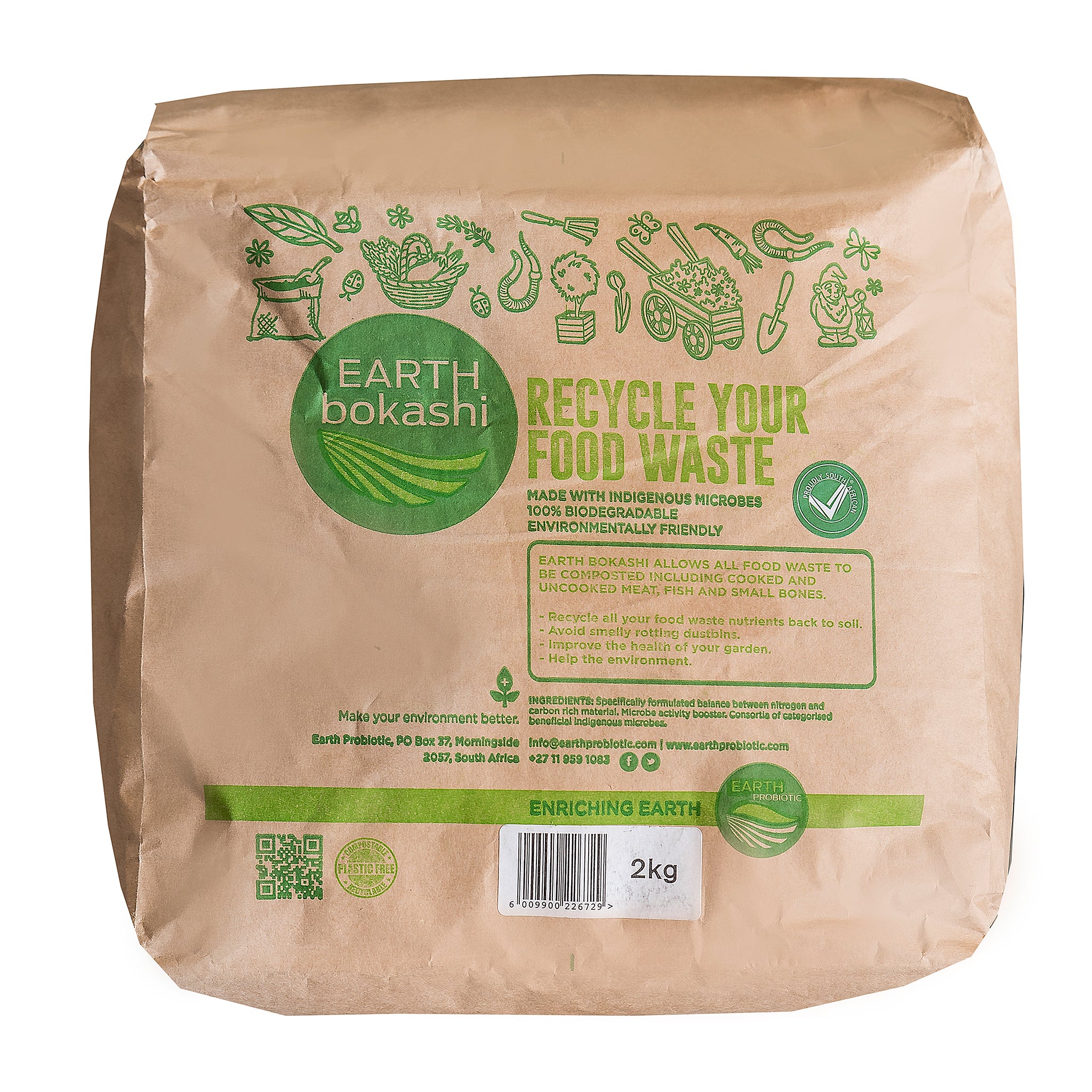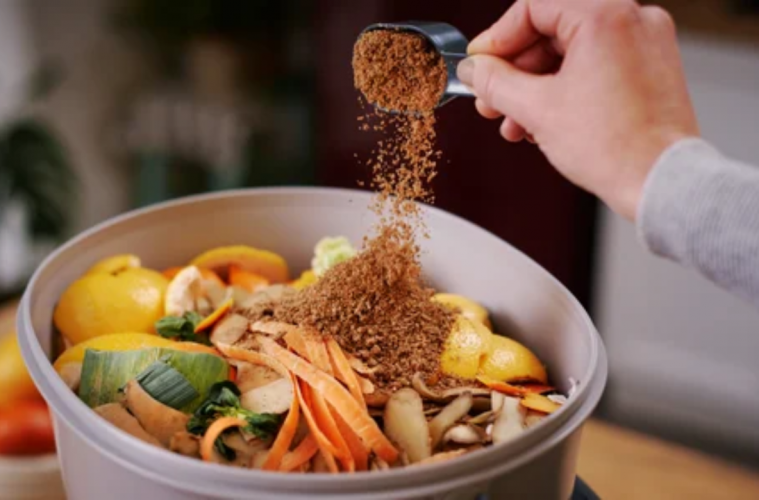Bokashi is a great method for composting without forming any uncomfortable (and smelly) compost heaps in your garden, or contributing to waste that fills up landfills. Plus, it’s compact, indoor-friendly, and a great way to dispose of your kitchen scraps.
Here’s what the Bokashi composting process is, and how it works:
What is Bokashi composting?
‘Bokashi’ is a Japanese composting method that ferments organic waste in an airtight container using special bran with beneficial microorganisms.
Unlike traditional composting, it’s odour-free, space-efficient, and unlike many composting systems, accepts a wide range of kitchen scraps – including meat and dairy.
After fermentation, the resulting material can be incorporated into soil to enrich it and enhance plant growth.
@theeverhopefulgardener Bokashi ferment allows you to compost ALL your kitchen scraps. Even the items you’ve been told not to add to your compost piles like meat, dairy, cooked food, oily food. It’s often referred to as Bokashi composting but that is a misnomer since it does not produce a finished usable product. Once your Bokashi is fermented, usually 2-3 weeks after closing the bucket after it’s full to the top, it must be added to either a compost pile, a garden bed, a soil factory or buried in the ground. #bokashi #compost ♬ Faith – George Michael
Setting up your Bokashi bin
Before we dive into the ins and outs of the Bokashi composting process, let’s first discuss how to set up your composting vessel.
First off, you’ll need a specialised container designed for Bokashi composting. These containers are typically airtight and come in various sizes to suit your needs.

SHOP: Earth Probiotic Bokashi Recycling Bin for Food Waste from Faithful To Nature for R209.00.
Features of a Bokashi container include a drainage system (typically at the bottom), to collect any liquid also known as ‘Bokashi tea’ produced during the fermentation process. This liquid is rich in nutrients and can be diluted and used as a fertiliser for your plants.
You also want to make sure that your Bokashi container has a tightly-sealing lid. This is crucial to create anaerobic (oxygen-free) conditions inside the vessel, which is essential for the fermentation process and odour control.
Once your vessel is ready, you’ll need to purchase or prepare your Bokashi bran before you can start the composting process. This bran contains a mix of beneficial microorganisms, such as lactic acid bacteria, yeast, and phototrophic bacteria, which will be used to inoculate the organic waste.

SHOP: Earth Bokashi refill 2 kg from Wawo for R198.00.
The Bokashi method
Now that you’ve set up your Bokashi vessel, let’s explore the Bokashi composting process:
Collecting your waste
Bokashi composting begins with the collection of kitchen scraps and other organic waste materials. This can include vegetable peels, coffee grounds, eggshells, meat, dairy products, and more. To make things simple, collect your kitchen scraps in separate container throughout the day to add to your bokashi bin in the evenings, or just add as you go!
How to add your waste to your Bokashi bin
To kickstart the fermentation process, apply Bokashi bran to the organic waste in layers as you go. This bran contains beneficial microorganisms that facilitate the breakdown of organic matter. After adding each layer of waste, compact the layers by applying downward pressure and sealing the container airtight.
This sealing process creates anaerobic conditions, minimising nasty odours and making it ideal for indoor use.
@rogensgarden Lag naturlig gjødsel av matrester med Bokashi metoden. #bokashi #bokashicompost #compost #gardening #hage ♬ In The Forest (Acoustic Indie No Copyright) – Instrumental – Lesfm & Olexy
Let it ferment!
Over several weeks, the microorganisms in the Bokashi bran ferment the organic waste, partially breaking it down.
The composting process is complete when the organic waste has a mild, pickled smell, softened texture, darker colour, and clearer Bokashi tea. While it’s not fully decomposed like traditional compost, it’s ready for soil incorporation or addition to a compost pile.
This typically takes 2-4 weeks, but variables like temperature can affect the timeline.
Once ready, this organic material can be added to your soil for a great boost in nutrients.
Remember to collect your Bokashi tea to add to your garden throughout the process, too!
Article written by Savanna Doughlas for Woman&Home.
Feature image: Pixabay

